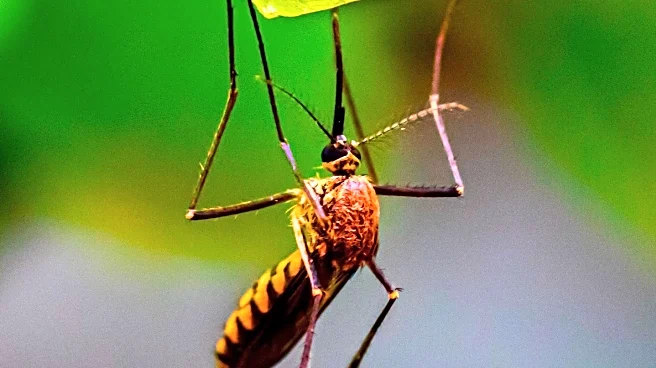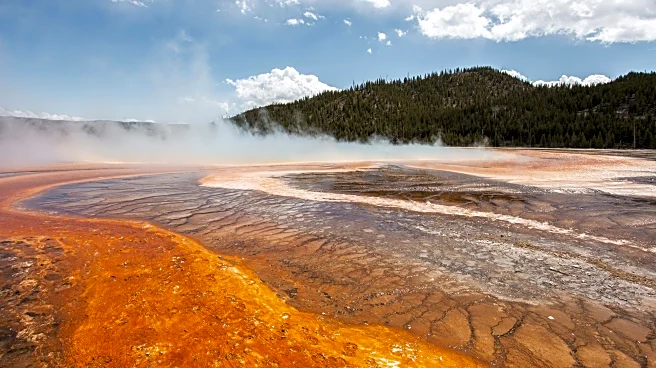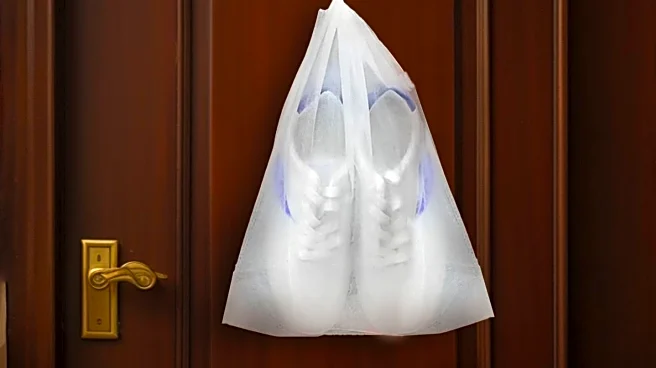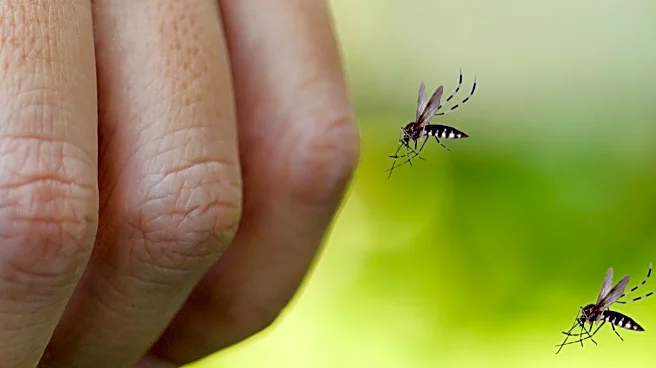What's Happening?
In August 2025, officials in Canyon County, Idaho, identified a single Aedes aegypti mosquito, marking the first detection of this species in the state. The Canyon County Mosquito Abatement District collected
the specimen on August 11 during routine tracking efforts. The mosquito's DNA was examined and confirmed on September 17. Following this discovery, the district has implemented traps and monitoring equipment in the area to track any further presence of the species. Although no additional Aedes aegypti mosquitoes have been found, monitoring will continue into 2026. This mosquito species is known for breeding in artificial water containers and primarily feeds on humans.
Why It's Important?
The presence of the Aedes aegypti mosquito in Idaho is significant due to its potential impact on local ecosystems and public health. This invasive species can displace native insects, disrupting food chains and ecological balance. More critically, Aedes aegypti is a vector for diseases such as dengue fever, Zika virus, and yellow fever, posing direct health risks to humans. The mosquito's daytime biting behavior increases the challenge of avoiding bites, unlike nocturnal mosquito species. The introduction of this mosquito could lead to increased disease transmission in areas previously unaffected, necessitating heightened public health measures and awareness.
What's Next?
Local mosquito control teams are actively monitoring the situation and have urged residents to eliminate standing water on their properties, which serves as breeding grounds for mosquitoes. Residents are advised to drain water from containers like plant saucers and decorative fountains. The use of insect repellent and wearing protective clothing during the day are recommended preventive measures. Additionally, residents are encouraged to report any daytime mosquito activity to local authorities to assist in mapping potential breeding zones. These efforts aim to prevent the establishment and spread of the Aedes aegypti mosquito in Idaho.












